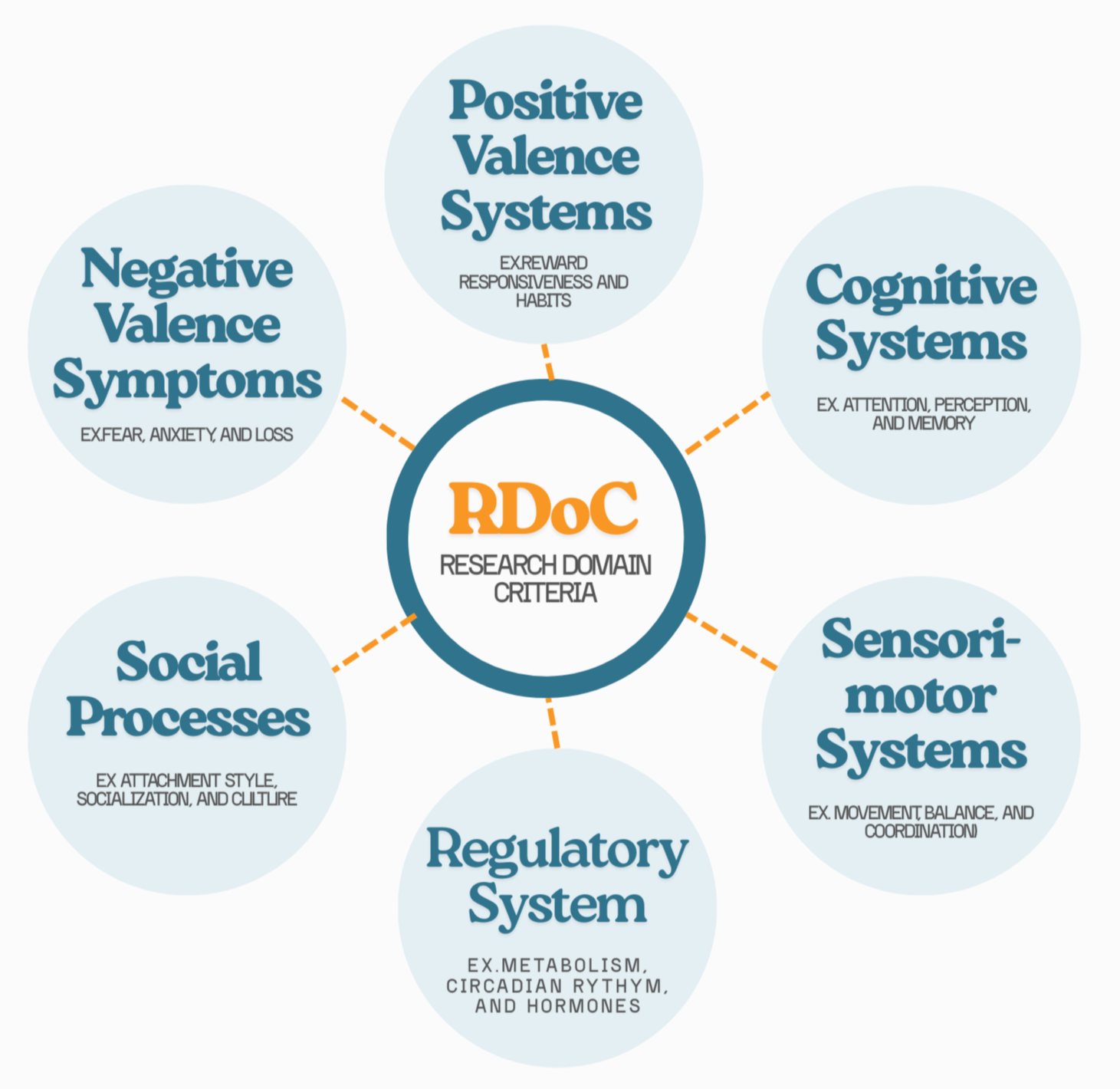Neurofeedback
We operate on the principle of brain plasticity; curating treatment plans that encourage your neurons to form new connections and reorganize pathways to enhance your brain’s performance!

Neurofeedback is a type of therapeutic treatment that helps train your brain to function more effectively!
Neurofeedback therapy protocols are designed specifically for the clients brain based on the information and analysis captured in the bran map. Individual circumstances, current state of wellbeing and medical history are taken into consideration. The training protocols will target the cortex's of the brain that are most needing support and regulation. A consistent feedback loop is offered through visual and auditory stimulus using patterns and repetition that are direct, real time responses to brain wave activity.
When the brain is actively participating in the training exercise and moving towards the goal (normal range electrical activity) the feedback loop will offer a reward. The human brain loves sensory stimulus and is always working to comprehend and define information in order to correct and create the most direct transmission of energy through neurotransmitter activity. The brain and nervous system predictably respond to the instrumental, operant conditioning offered via neurofeedback training.
Think of it as exercise for your brain—training it to become stronger, calmer, and more flexible. Neurotherapy can be helpful for people dealing with issues like anxiety, PTSD, ADHD, depression, sleep problems, and more.
What is Neurofeedback?
At Lighthouse Neurofeedback & Behavioral Health, we align our services with the National Institute of Mental Health’s (NIMH) Research Domain Criteria (RDoC) framework
NIMH’s research represents a shift away from traditional symptom-based diagnoses towards a neuroscience-informed, dimensional understanding of mental health.
Instead of viewing mental disorders as isolated diagnoses, RDoC emphasizes dysfunction in brain networks and behavioral systems that cut across many diagnostic categories. This framework is deeply compatible with how we approach healing and growth in our clinic.
What is a QEEG?
A QEEG, Quantitative electroencephalogram, or brain mapping, measures and records electrical activity produced by the brain by placing non-invasive sensors along your scalp to take snapshot of how your brain is working. These sensors pick up your brainwaves, which are patterns of activity your brain creates while you think, feel, and process information.
The data we collect helps us understand which areas of your brain might be overactive, underactive, or not communicating as well as they could. Think of it as creating a “map” of your brain’s activity, showing us where things are in balance and where they might need some support.
We will use this gathered information to tailor neurotherapy exercises for your brain to work at its best. Personalizing your treatment with insights into how we can help you feel and function better.
New Client Intake Process
A QEEG is a snapshot of how your brain is working. It’s a process where we measure the electrical activity in your brain using a safe, non-invasive cap with sensors that sit on your head. These sensors pick up your brainwaves, which are patterns of activity your brain creates while you think, feel, and process information.
Think of it as creating a “map” of your brain’s activity, showing us where things are in balance and where they might need some support. The data we collect helps us understand which areas of your brain might be overactive, underactive, or not communicating as well as they could.
1st Appointment: QEEG (Brain Map)
Try your best to get a good night's sleep prior to coming for your first session.
Double check the office you are scheduled to be at. We have 3 locations for neurofeedback services.
We recommend prolonging the consumption of any stimulants before your Brain Map appointment, as stimulants can drastically affect your qEEG results. (Only if it does not affect you drastically).
For your safety, please arrive with clean, dry hair. Having wet hair during an EEG (electroencephalogram) can negatively effect the Brain Map results.
We use a special gel during the qEEG process, and it will be in your hair after we finish your qEEG. We will wipe down your scalp and hair the best we can following the map (you may want to wait to wash your hair for that day until after your qEEG).
Let the therapist know if you have any sensitivities to salt-based products (We have hypoallergenic gel as well).
Please let your therapist know if you need any extra accommodations to feel the most comfortable during this process (ex: blankets, pillows, lights dimmed, etc.).
How To Prepare For Your QEEG
Our QEEG Review sessions are conducted by our lead neurotherapist, virtually or in-person. We use the time between the Brain Map and Review to interpret your QEEG results, determine appropriate protocol, and develop a treatment plan that best fits your needs. We ask that you come to the review with a list of symptoms or areas in need of improvement (ex: behaviorally, socially, cognitively, etc.).
This information is essential for a productive and successful review. Based on your goals and your QEEG map results, we will personalize your neurofeedback treatment and brain training plan to tailor neurotherapy exercises for your brain to work at its best.
2nd Appointment: Your QEEG Review
How To Prepare For Your QEEG Review
This meeting is conducted either in-person or virtually a few days after your QEEG is completed. We use the time between the Brain Map and Review to interpret your qEEG results, determine appropriate protocol, and develop a treatment plan that best fits your needs.
This is the time to ask any questions here about Lighthouse Institute and our mission in terms of your specialized treatment.
Come to the review with a list of symptoms or areas in need of improvement (ex: behaviorally, socially, cognitively, etc.). This information is essential for a productive and successful review.
List of current and/or past medications (dosage is preferred but not required).


